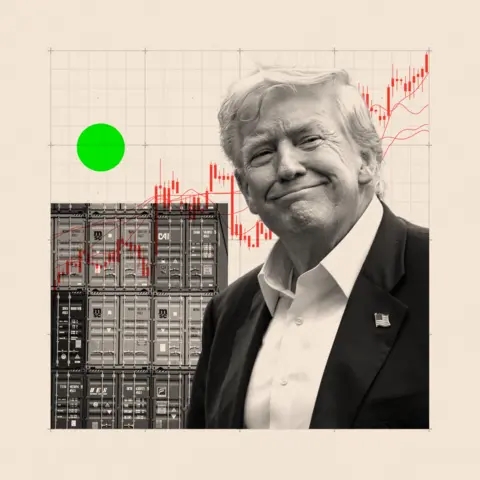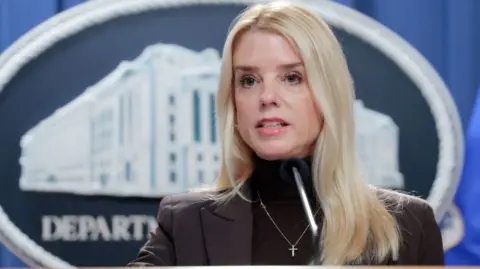Months after announcing sweeping tariffs that sent shockwaves through global markets, the U.S. administration has secured a patchwork of trade agreements—some formal, others merely verbal—while leaving lingering questions about their long-term impact. While the immediate fallout has been less severe than feared, economists warn that the true consequences may take years to unfold.
A Fragmented Trade Landscape
Initially, the administration’s aggressive tariff threats sparked fears of a full-blown trade war. Yet, as deadlines passed, a series of deals emerged—some barely a page long—with key partners like the UK, the EU, and Japan. While the UK secured a relatively modest 10% tariff on most exports, others faced steeper rates, reflecting the U.S.’s larger trade deficits with those nations.
For businesses, the new tariffs bring a mix of relief and uncertainty. Exporters now know what costs they face, allowing some to resume investment plans. However, the overall trade environment has become more restrictive, with average tariffs rising sharply—far beyond what analysts predicted just months ago.
Global Winners and Losers
The effects vary widely by country. Germany, heavily reliant on automotive exports, could see growth slow by half a percentage point this year. Meanwhile, India has benefited as companies like Apple shift production away from China, making it the top smartphone supplier to the U.S. Yet, lower-tariff competitors like Vietnam and the Philippines may soon challenge that advantage.
China remains the elephant in the room, with no resolution yet on its trade terms. Meanwhile, Canada and Taiwan still await final agreements, leaving key industries in limbo.
Domestic Consequences
At home, the tariffs have already boosted federal revenue, with import duties contributing over $100 billion this year—far above historical levels. But American consumers may soon feel the pinch as companies like Unilever and Adidas pass on higher costs. If prices rise significantly, the Federal Reserve could delay interest rate cuts, further straining household budgets.
The administration has floated the idea of rebates for lower-income Americans to offset these costs, but such measures would require congressional approval—a political hurdle in an already divided Washington.
A Shifting Global Order
Beyond economics, the tariffs have accelerated geopolitical realignments. Nations are reassessing their reliance on U.S. trade, with some, like the UK, seeking stronger ties with the EU and India. If this trend continues, the U.S. could find itself increasingly isolated in a trade landscape it once dominated.
For now, the worst-case scenarios—a global recession, spiraling trade wars—have been avoided. But the long-term outlook remains uncertain. While the administration touts short-term victories, history suggests that protectionist policies rarely deliver sustained economic benefits. The true test will be whether these measures revive U.S. manufacturing or simply push trading partners to look elsewhere.
One thing is clear: the world’s trade relationships are being rewritten, and the final chapter is far from over.









